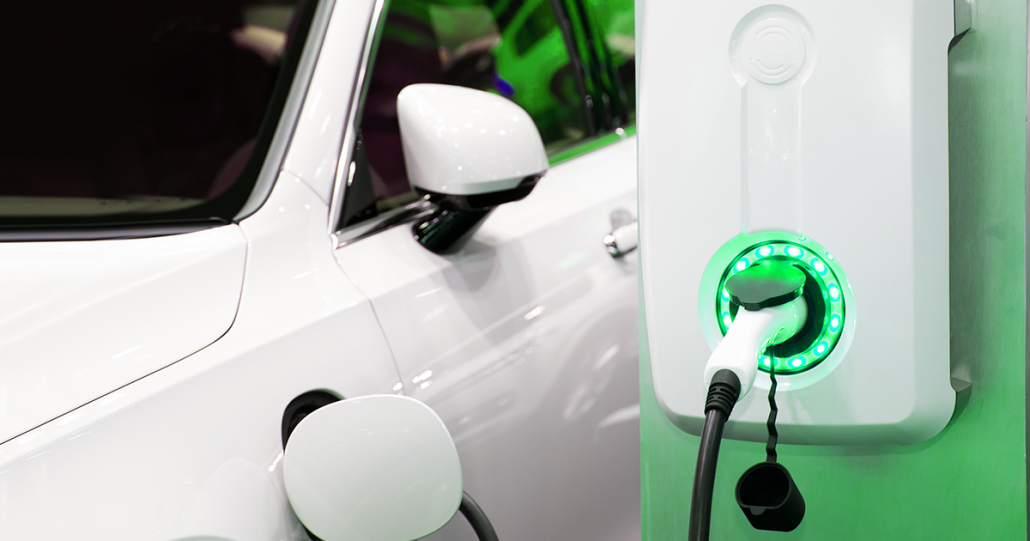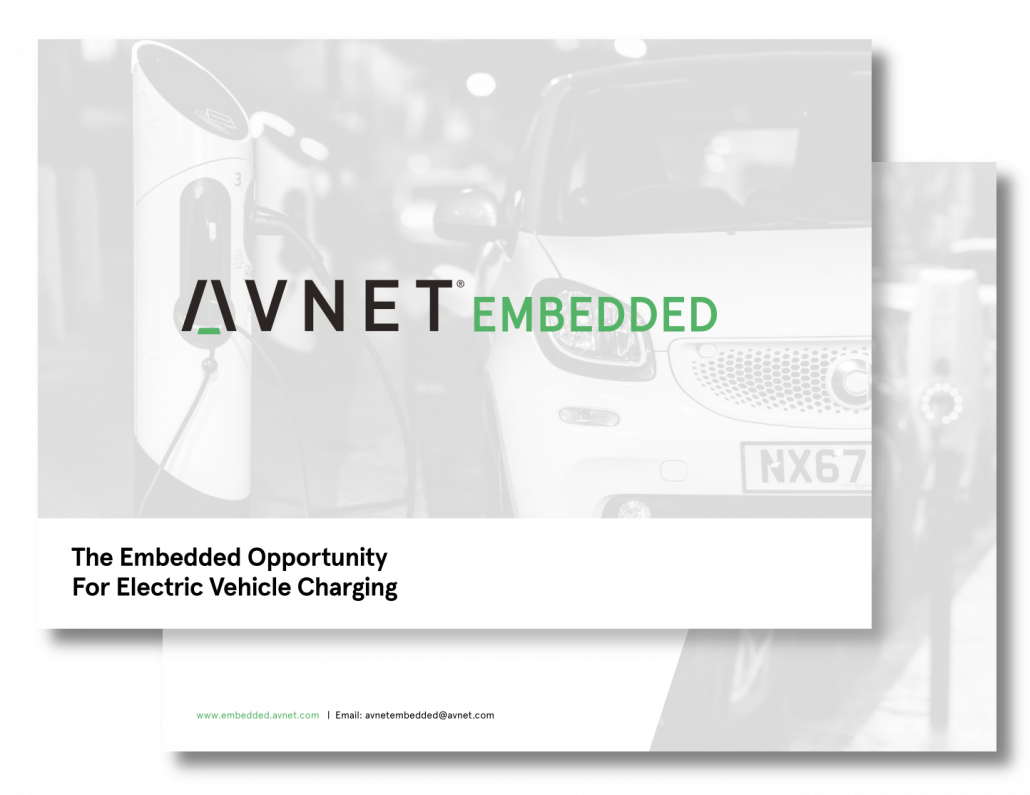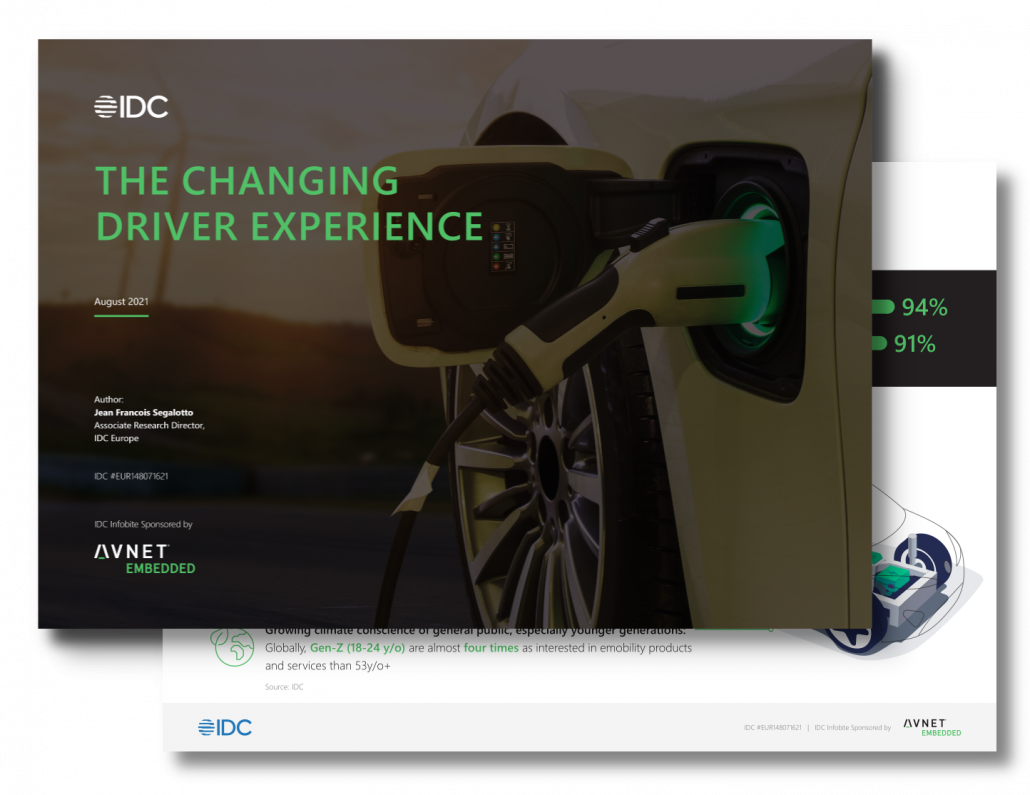EV Charging: The race to sustainability, loyalty and returns.
If you’ve ever read the work of Nobel prize-winner Daniel Kahneman, then you’ll be familiar with the concept of ‘availability bias’, that is, the human tendency to default to the most recent information that comes to mind. But what does that have to do with electric vehicle charging? Well, they’re rapidly becoming an important topic of conversation, routinely springing up in news reports, included in government policy and even advertised on TV. You might be led to believe that they are commonplace, when, in reality, they’re not that easy to come by at all.
Our latest report with IDC is a cheering tale of growth and an industry that is rapidly gaining pace. It tells of a global increase in publicly accessible chargers of 45% from 2019 to 2020. However, this huge increase actually only equates to around 1.3 million chargers in a year, despite IDC’s prediction that the UK alone will be home to 11 million electric vehicles by 2030. It seems we have a disconnect, if you’ll excuse the pun, and one that asks a few key questions:
- Will private homes and commercial businesses provide the lions share?
- Is the public sector being too cautious?
- What does this mean for towns and cities?
It is, of course, impossible to talk about EV charging without mentioning targets for climate change, and of course this is the end game. Electric vehicles are the cornerstone of governmental approaches to carbon neutrality. And while we absolutely must not forget this, it would be naïve not to talk about the competitive nature of the market and the huge opportunity presented by EV charging across private and public sectors.
Already, the groundwork for this is taking place, with some big-name supermarkets getting ahead of the game and trialling free EV charging for customers as they head in-store to buy their groceries. It’s an offer strategy that plays the long game, as retailers make the investment in the top tier of EV charging capability with rugged display functionality for their customer car parks, ensuring that each charging point generates revenue through display advertising and turns around a full charge quickly enough to ensure maximum turnover of customers. The key is in making EV charging financially viable in the first instance, while also acting as an incentive for return visits and generating early store loyalty ahead of the competition.
Fuel retailers, on the other hand, probably understand this need for competitive edge better than any other sector. Europe’s largest oil companies (BP, Shell, and Total) have announced plans to deploy a combined 700,000 chargers globally over the next four years. IDC describe this move to electrification as a survival strategy, taking them into a new era of revenue generation, where electric charging displays can offer anything from vehicle owner services to small maintenance and repair – a full ‘forecourt of the future’ service.
However, the early adoption of high quality, convenient and potentially free electric vehicle charging in the private sector creates a conundrum elsewhere by setting the bar of expectation high. For town and city planning, this is a potential challenge of both time and effective use of current and future budgets. And while it is impossible to offer a strategy that speeds up regulatory processes across multiple municipalities, there are absolutely options for implementing appropriately priced EV charging facilities – including options that can allow local authorities to start quickly and scale up their offering over time. For example, Avnet Embedded charging solutions operate in tiers, starting with simple functionality charge points for personal or business use that can be quickly installed onto existing constructions. More sophisticated solutions can be planned into new builds or public parking facilities over time, offering rugged displays, high-speed charging and payment systems that can be customised to suit the space.
In terms of meeting long-term targets – commercial, sustainability and budgetary – it’s an approach that ticks many boxes. In swiftly installing EV charging solutions in existing public spaces with the minimum of inconvenience, central shopping districts need not feel gradual loss of footfall by assumption, as drivers expect to have to head to out of town malls to park, charge and shop. Indeed, early adoption may well have positive knock-on effects for local economies. Equally, government sustainability targets are supported at a grass roots level, encouraging the local uptake of electric vehicles through ease of charging availability. Finally, a scalable solution satisfies all stakeholders, in that careful financial planning is taking place, while meeting the immediate needs of revenue generation.
Because, of course, while making money from EV charging right now is simply a case of either charging for the service or expecting sales from its provision, in the future, neither are likely to be the core income. It’s described as ‘the new Wifi’ for a reason – it will become ubiquitous and expected. To stand out, it will need to deliver more. Want your customers to be able to monitor their vehicles while they charge? Building in this capability through an app certainly wouldn’t be outside the realms of possibility. Want them to check into your hotel as they plug in? Simple. Tailored special offers? Ticket booking? Loyalty points? Click and collect? As the potential for Human Machine Interfaces (HMI) grows, so do the possibilities for those millions upon millions of EV charging points that drivers all over the world will be using in the next decade. And much like Wifi, the race is on to be ahead of the competition – whether that’s a petrol station, a supermarket, a hotel, an apartment building…or even a town. Or a city.
Download our report with IDC: The embedded opportunity for electric vehicle charging and to learn more about the EV charging landscape of the future. If you’d like to discuss opportunities and solutions for EV charging, please contact us today.
EV Charging Solution
Find out more about our full range of solutions for EV Charging technology, from embedded compute to display and software.






